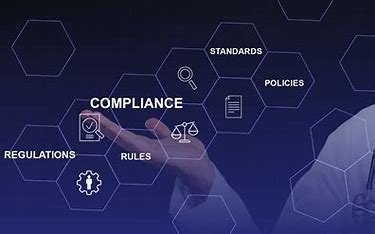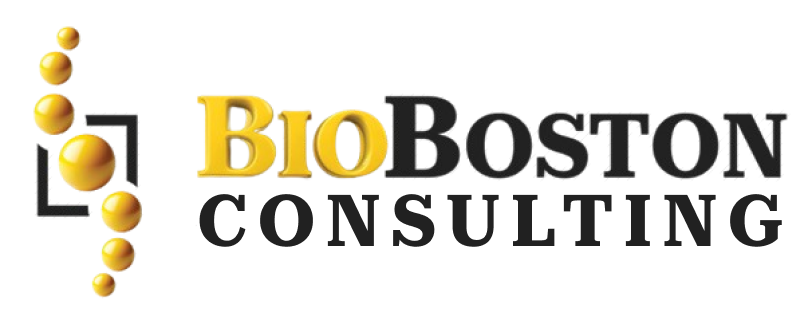Learn how pharma and medical device companies can ensure supplier compliance through best practices, audits, and regulatory standards like GMP and GDP. Protect patient safety and business integrity.
Supplier compliance, or the practice where suppliers must always maintain high levels of quality, safety and regulatory standards by manufacturers from the pharmaceutical and medical device industries. These standards include Good Manufacturing Practices (GMP), Good Laboratory Practices (GLP), Good Distribution Practices (GDP) and other local or global regulations relevant to a given industry that may be enforced by regulators. Adherence with these early mentioned standards is non-negotiable as it guarantees the safety and efficacy of products supplied to patients while protecting the interests of all stakeholders.
Role of Pharmaceutical and medical device industries
Pharmaceutical and medical device industries serve an important role by providing key products that prolong lives or enhance quality of life. These industries depend on a complex web of suppliers to keep the highest quality and safety standards. But working with suppliers that comply is the most important part of securing patient safety and compliance in the supply chain.
Ensuring compliance of suppliers is a complex task in a milieu of multitude regulations and complications of global supply chains. Pharma and medical device companies must work through a maze of regulations, establish clear communications with their suppliers, and have visibility into and control of the complex webs of supply chains they rely on. Not meeting these challenges means a chain of events that can result in expensive product recalls, lawsuit, huge financial loss, and more importantly jeopardizes the life of patients using these products to improve their life.
By qualifying and onboarding suppliers strategically, managing contracts meticulously, conducting audits and inspections periodically, and implementing advanced technologies designed to boost supply chain integrity, manufacturers may reinforce the strength of their own supply chains. In turn, that strengthens not only patient safety but also the industry’s credibility and trust among healthcare professionals, regulatory authorities and the public.
How Important Is Supplier Compliance?
Supplier compliance is the degree to which suppliers comply with quality, safety, and regulatory requirements by pharmaceutical and medical device companies. Non-compliance gives rise to a plethora of issues such as product recalls, quality failures, jeopardized patient safety, litigation and social responsibility claims. For this reason, these industries need to set strong regulatory compliance guidelines for their suppliers.
Difficulties in Meeting Supplier Obligations
Regulatory Framework:
The pharmaceutical and medical device industry are delicate industries with high regulatory compliance associated, every country will have their own guidelines and standards. But this wide range of regulations makes it difficult for manufacturers and suppliers to keep track of them and follow them consistently. As an example, the United States Food and Drug Administration (FDA) and European Medicines Agency (EMA) requires suppliers of materials intended for use in pharmaceutical or medical device manufacture to follow Good Manufacturing Practices (GMP). The consequences of not complying with these regulations are huge.
Supply chain complexity:
Because of the multi-tier nature of supply chains operating in these industries around the world, compliance is complex to manage at each level. Numerous pharmaceutical and medical device products use raw materials and components from multiple suppliers at many points across the globe. Such complexity raises the chances of non-compliance problems creeping into the supply chain without being detected.
Miscommunication:
Poor communication with manufacturers can lead to confusion about compliance expectations or potential issues. Confusion or poor communication of compliance requirements can lead to inferior products or services.
Supplier Evaluation:
It is not an easy feat to find dependable and compliant suppliers if you have a faulty evaluation process. To be able to address compliance concerns, companies need to establish a robust supplier qualification process that not only evaluates the product quality of potential suppliers but also looks into their expected quality control processes, historical compliance performance over different periods, financial soundness and ability to act with agility in addressing issues.
A Concern around Risk:
If a supplier is non-compliant, it can sweep in the entire supply chain; This is crucial to ensure that supply chain risks are identified, assessed and managed properly. If supplier does not comply, it can either delay the production time, or it causes shortage of products in case they were regrettably health-threatening and go through.
Best practices to ensure supplier compliance
Rigorous Supplier Qualification and Selection Appreciate the vetting process when picking suppliers. This process must include a thorough assessment of the supplier’s track record, quality management systems, historical compliance records and financial stability. The qualification process needs to contain supplier audits, questionnaires and on-site inspections to verify whether potential suppliers meet compliance standards.
Develop Clear and Comprehensive Contracts
Create contracts that clearly spells out the quality standards as well regulation that needs to be followed. These agreements should also include consequences for not complying with them, including penalties, contract termination and corrective action plans.
Regular Audits and Inspections:
Carry out regular on-site audits and inspections of the supplier facilities to check whether they are complying with set standards. Such assessments should be performed by veteran auditors who understand the rule of law applicable in the specific trade. While audit ensure compliance, they also enable suppliers to identify and fix potential issues before it goes out of hand.
Supply Chain Visibility and Transparency:
Use of digital technologies, like blockchain and track-and-trace systems to improve visibility along the supply chain. A transparent flow of information takes the guesswork out of compliance issues and allows them to be remedied in real-time. The manufacturers can track the state of materials and products at each stage with real-time data sharing, all while ensuring compliance is being maintained from suppliers.
Training & Collaboration:
Equip suppliers with training on quality standards and requirements, regulations and compliance. Regular training sessions will keep suppliers familiar with any updates in statutory orders and industry best practices. Furthermore, building a collaborative relationship with suppliers can help maintain open channels of communication and adherence well before any compliance challenge arises.
Use CI [Continuous Improvement]:
Establish a continuous improvement process so that suppliers stay in compliance and are always focused on improving their performance. Monitor supplier performance metrics on an ongoing basis to find opportunities of improvement and provide feedback to the suppliers in terms of compliance best practices.
Contingency Planning for Suppliers:
If there is a risk of any supplier non-compliance, options must be mapped down before the need arises to tackle them at the supply chain level. Find options suppliers and put some risk management systems to avoid having issues with noncompliant suppliers.
Conclusion
Ensuring supplier compliance has always been critical for the pharmaceutical and medical device industries to deliver safe and effective products on time to patients. A pro-active, holistic approach is needed to address the challenges of a complex supply chain. With adequate supplier qualification, open communication, tied-up regular audits and teamwork among suppliers, companies can achieve the maximum level of quality and conformity in their supply chains. Ensuring compliance by suppliers not only safeguards patient safety, but also preserves the potency and profitability of the pharmaceutical and medical device industries overall. With ongoing developments in technology and regulatory environments, vigilance and adaptability will remain important in ensuring supplier compliance and protecting the integrity of these essential sectors.
For more information on how we can assist your business, reach us here at BioBoston Consulting.


